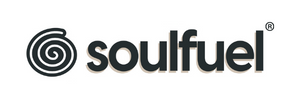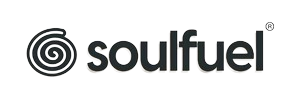

Reading nutrition labels is an important skill for making informed and healthy food choices. Nutritional labels provide information about the content of various nutrients and ingredients in a packaged food product.
Here's how to read and understand these labels:

Start with the Serving Size: The serving size is at the top of the label and tells you the amount of food the information below it contains. Make sure to compare this serving size to the amount you actually eat, as all the other information on the label is based on this serving size.
Calories: This section tells you how many calories are in one serving of the product. Calories provide a measure of how muchenergy you'll get from consuming that serving.A food can be classified as low-cal if it’s less than 40 calories/serving, and calorie-free if it contains less than 5 calories/serving.
Nutrient Information:
Fats: Examine the total fat content and the types of fats:
- Saturated Fat: Limit saturated fats as they can raise your bad cholesterol levels.
- Trans Fat: Aim to avoid trans fats altogether; they are generally unhealthy.
- Unsaturated Fats: These are generally considered healthy fats and can be found in foods like nuts, seeds, and vegetable oils.
Aim to limit saturated and trans fats for heart health.
Cholesterol and Sodium: Check for these if you need to manage your heart health. High levels of these can contribute to heart disease.
Carbohydrates: Look for the total carbohydrate content, including dietary fiber and sugars. Fiber is good for digestion, while added sugars should be limited.
Proteins: This section tells you how much protein is in one serving. Protein is important for muscle, tissue repair, and overall health.
Vitamins and Minerals: Pay attention to nutrients like vitamin D, calcium, iron, and potassium, which are important for various aspects of health.
%Daily Value (%DV): This shows the percentage of a nutrient in one serving relative to the recommended daily intake (RDA). It's based on a daily diet of 2,000 calories, so if you consume more or less than that, you'll need to adjust your intake accordingly.
Daily Values for Reference: Keep in mind that the %DV is just a guide; individual nutrient needs can vary based on factors like age, sex, and activity level. Use the %DV as a reference but tailor your intake to your specific needs.
Ingredients List: This lists all the ingredients in the product, with the most abundant ingredient listed first. Be aware of any allergens or specific ingredients you want to avoid.
Remember that while nutritional labels provide valuable information, it's also essential to have a balanced diet and consider overall dietary patterns rather than focusing solely on individual nutrients. Reading nutrition labels can help you make informed decisions about the foods you eat. It's essential to understand your personal dietary needs and goals to make the best food choices for your unique situation.






